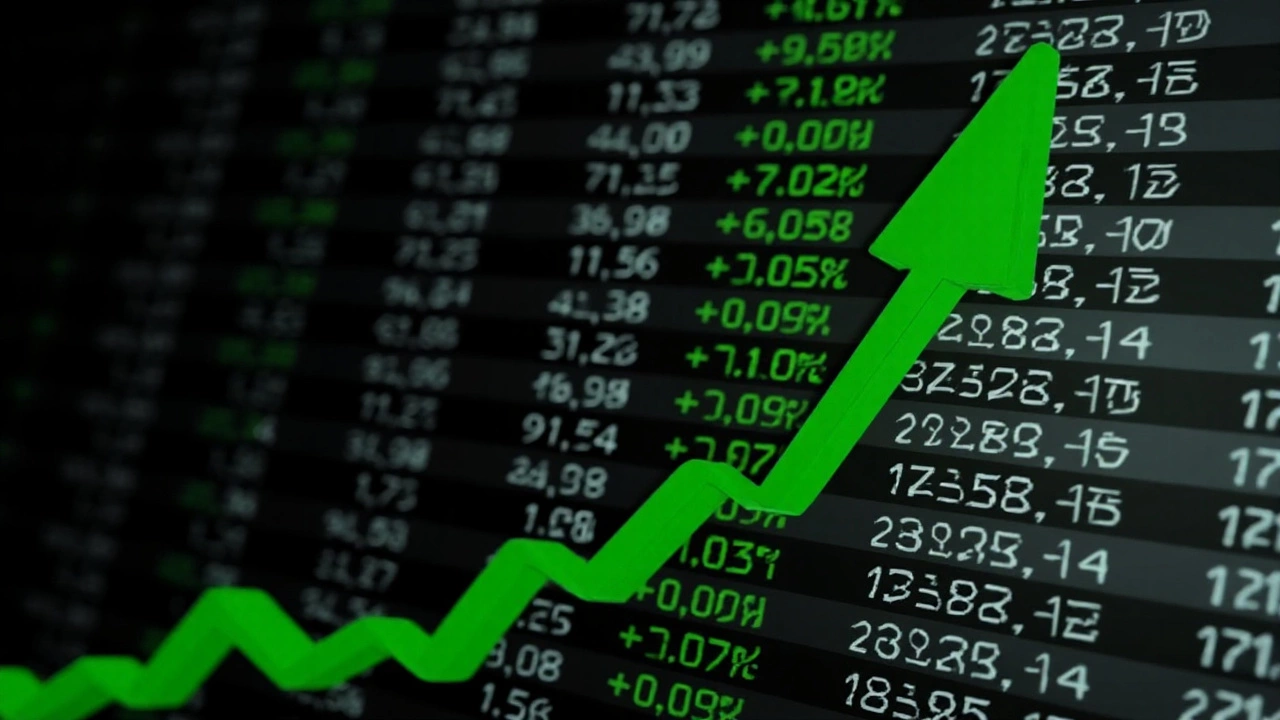Retail Inflation Explained – Simple Guide for Shoppers
Ever notice your grocery bill creeping up even though you haven’t changed what you buy? That’s retail inflation at work. It’s the term economists use when the price of everyday items goes up over time. Understanding it helps you make smarter choices with your money.
What Is Retail Inflation and How Is It Measured?
Retail inflation tracks the price changes of goods that people buy in stores – food, clothing, electronics, you name it. In India, the government uses the Consumer Price Index (CPI) to calculate it. They pick a basket of common products, check the price of each item every month, and compare it to a base year. If the basket costs more now, the CPI goes up, and that rise is called inflation.
Why does the basket matter? Because it reflects what most households actually spend on. When the CPI shows a 5% rise, it means, on average, you’re paying five percent more for the same set of items.
Why Do Prices Keep Going Up?
Several forces push retail prices higher:
- Supply shocks – Bad weather can ruin crops, causing food prices to spike.
- Higher production costs – If fuel or wages go up, manufacturers pass those costs onto shoppers.
- Demand pressure – When more people want a product than there’s supply, prices climb.
- Policy changes – New taxes or import duties can add to the final price tag.
All these factors mix together, so the exact reason for a price jump can be a bit of a puzzle. But the result is the same: you feel the pinch at the checkout.
How Retail Inflation Affects Your Everyday Life
When inflation rises, your buying power drops. That means the same amount of money buys fewer items. A family that used to spend ₹10,000 on groceries might need ₹10,500 a few months later.
It also influences wages. Companies may raise salaries to keep staff motivated, but the raise often lags behind price hikes. So the net effect can still be tighter budgets.
Practical Tips to Beat Rising Prices
Even if you can’t control the economy, you can control your spending habits. Here are five easy actions:
- Plan ahead – Make a weekly grocery list and stick to it. Impulse buys eat up savings.
- Buy in bulk – For non‑perishable items, larger packs usually cost less per unit.
- Switch to generics – Store‑brand products often match quality at a lower price.
- Use coupons and apps – Many retailers offer digital discounts that cut the bill.
- Track price trends – If a staple like rice spikes, wait a week or two; prices often settle.
These habits won’t stop inflation, but they soften its impact on your wallet.
What to Watch for in the Coming Months
Keep an eye on the monthly CPI release from the Ministry of Statistics. A sudden jump could signal higher fuel prices or a crop failure. Also watch government announcements about taxes or subsidies – they can swing prices up or down quickly.
Finally, remember that inflation is a normal part of a growing economy. It’s not all bad; moderate inflation encourages spending and investment. The key is to stay informed and adjust your spending habits as needed.
Now you know what retail inflation is, why it happens, and how to keep your budget on track. Next time you see a higher price tag, you’ll understand the story behind it and have a plan ready.
Sensex and Nifty Surge as Indian Retail Inflation Plummets to Eight-Year Low
Indian stock markets soared as Sensex jumped over 300 points and Nifty broke past 24,600, fueled by a sharp drop in retail inflation to 1.55%. Broad sector gains led by healthcare, along with DII buying, supported the momentum despite continued FII selling.





